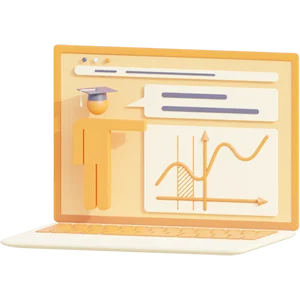BGZ2024 Summary all cases
In this document, all cases of course BGZ2024 Food for Life are included. The comments of the tutor are marked in red.
Preview samenvatting (1 van de 107 pagina's)
Voordelen van Knoowy
€ 6,99
 Niet tevreden? Geld terug
Niet tevreden? Geld terug
 Document direct te downloaden
Document direct te downloaden
 € 0,50 korting bij betalen met saldo
€ 0,50 korting bij betalen met saldo
-
 Ontvang gratis oefenvragen bij document
Ontvang gratis oefenvragen bij document

Specificaties
- School: Maastricht University
- Opleiding: Gezondheidswetenschappen
- Vaknaam: BGZ2024 Food for Life
- Alle documenten voor dit vak ›
- Vakcode: BGZ2024
Boek
- Naam boek: Human Physiology
- ISBN: 9780321600615
Document
- Rubriek: Samenvattingen
- Bijgewerkt op: 01-11-2023
- Gemaakt op: 26-01-2021
- Type: .pdf
- Pagina's: 107
- Taal: Nederlands
Tags
Verkoper
Ik ben afgestudeerd aan de opleiding Gezondheidswetenschappen aan Maastricht University en volgde de richting Biologie en Gezondheid. Op mijn profiel kun je alle documenten, voor een lage prijs, vinden die je nodig hebt om je studie zo goed mogelijk af te ronden. Er staan uitwerkingen van taken, voorbereidingen voor bijeenkomsten, presentaties, verslagen en oefenvragen op mijn profiel. Tevens heb ik bundels van de verschillende blokken en van het volledige 1e, 2e en 3e jaar gemaakt (inclusief of exclusief FiA documenten). Kijk gerust rond op mijn profiel of er documenten voor je bij zitten en mocht je vragen hebben (algemeen, over de opleiding of over de documenten zelf), kun je mij altijd een berichtje sturen! :)
Beschikbaar in bundel
Vakken van Gezondheidswetenschappen - Maastricht University
Meer Gezondheidswetenschappen ›aging and health anxiety disorders bedreigingen van gezondheid bgz2021 leven in evenwicht bgz2022 de continuïteit van het leven bgz2023 aanval en verdediging bgz2024 food for life bgz2025 use it or lose it bgz2026 the basic principles of pharmacology een leven lang gezond een leven lang gezond gzw1021 fia 2.2: wetenschap in de maatschappij gzw1021 een leven lang gezond gzw1022 bedreigingen van gezondheid gzw1023 introductie wetenschappelijke onderzoeksmethoden gzw1024 gezondheid, voeding en bewegen gzw1025 zorgen voor gezondheid gzw1026 introduction to statistical methods for data analysis gzw1242 gezondheid als norm (blok 5) gzw1242 gezondheid als norm (gzw1021 een leven lang gezond) gzw2225 phia 2.5 sapere aude gzw3224 introductie wetenschappelijke onderzoeksmethoden introductie wetenschappelijke onderzoeksmethoden - gzw1023 voortgezette statistiek en methoden van onderzoek
Al meer dan 146.000 tevreden studenten
-
Tim123
Goede samenvattingen die je een hoop tijd besparen. De kosten zijn ook erg redelijk.
-
ShannenVincken
Top platform.
-
Sannehul
Helemaal top! Makkelijke service en duidelijke omschrijvingen bij de documenten.
-
sevilaye
Je kunt makkelijk en snel een samenvatting of andere documenten kopen, die jou helpen bij je studie.
-
KrystleS
Knoowy documenten kan je goed op weg helpen bij je opleiding.
-
Shanti M
Het platform werkt gemakkelijk en snel.
-
OrendaGutierrezq
Het is de moeite waard om via knoowy samenvattingen op te zoeken voor je lesmethoden.
-
usedtothis
Betrouwbaar. Knoowy heeft mij vaker geholpen bij het leren van tentamens en ook om de uitwerking van portfolio's beter te begrijpen.
 Actie: ontvang 10% korting bij aankoop van 3 of meer items!
Actie: ontvang 10% korting bij aankoop van 3 of meer items!
Actie: ontvang 10% korting bij aankoop van 3 of meer items!







